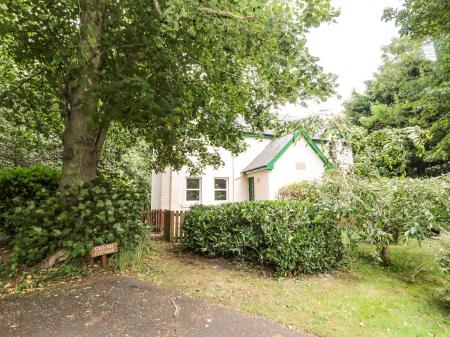
The doorway was moved to form the main entrance to a detached burial vault near the new church, which was begun in 1732. The Blackadder Aisle was built in 1499 but has been so altered over the years that only a few exterior buttresses remain of medieval date. The other item of historic interest at Edrom is an early 11th-century hogback tomb.
The arch decoration of the Aisle is accounting among the finest Norman work in Scotland. The style is similar to work found in Yorkshire around the same date, leading historians to suggest that the mason responsible for Edrom came from the Yorkshire region.
The arch capitals are decorated with carvings of intertwined serpents and grotesque carved heads with foliage running from their mouths, a theme often found in Green Man carvings.
Visiting Edrom Aisle
Though the Norman doorway can be viewed at any time, visits to the interior of the church and burial aisle must be arranged in advance. Though the brown tourist signs are perfectly clear approaching Edrom village, there are no obvious signs at the church (we actually wondered if we'd missed a sign and come to the wrong place).
Rest assured, if you arrive at the church, you're in the right place! Just walk around the main entrance towards the rear of the church, and burial aisle will come into view. There is a small information sign inside the aisle explaining the history of the site.
To be honest, I expected much more - the carvings are very fine, and worth viewing, but are also much worn by the passage of time and exposure to the elements.





 We've 'tagged' this attraction information to help you find related historic attractions and learn more about major time periods mentioned.
We've 'tagged' this attraction information to help you find related historic attractions and learn more about major time periods mentioned.




